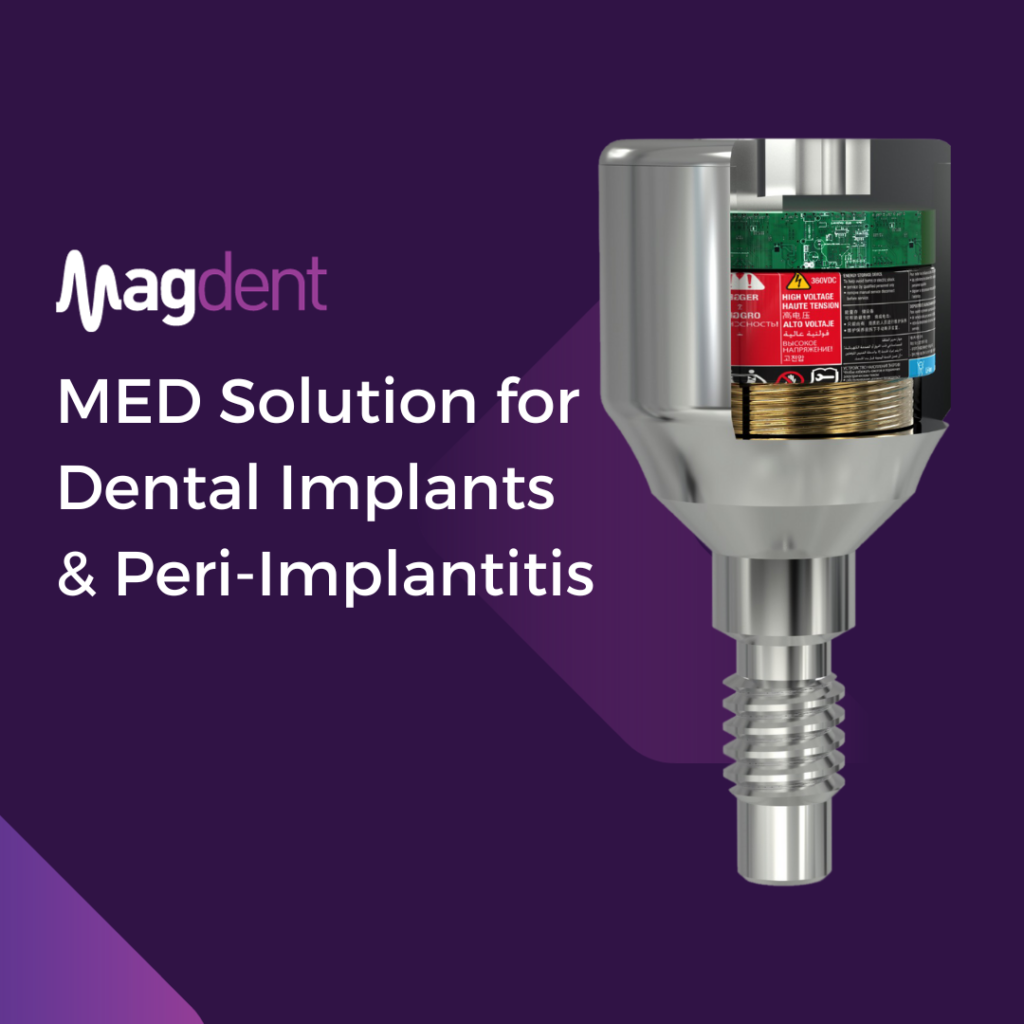Navigating the Complexities of Reconstructive Peri-Implantitis Therapy: A Comprehensive Review
Peri-implantitis, a prevalent complication in dental implantology, poses significant challenges in reconstructive therapy. A recent conceptual review in Clinical and Experimental Dental Research delves into the multifaceted aspects of this condition, offering insights that are crucial for both clinicians and patients.
Understanding Peri-Implantitis and Its Reconstructive Challenges
Peri-implantitis is an inflammatory condition affecting the tissues surrounding dental implants, often leading to bone loss and implant failure. The review emphasizes that current strategies for reconstructing lost peri-implant tissues have been unpredictable, highlighting the need for a deeper understanding of the biological and biomechanical challenges involved in treating this condition.
Four Key Challenges in Reconstructive Therapy
The review identifies four interrelated negative conditions that impede effective reconstruction:
Inferior Tissue Perfusion: Peri-implant tissues often resemble scars with reduced cellularity and vascularity, making it challenging to maintain primary closure, which is critical for regeneration.
Unfavorable Bone Topography: The morphology and topography of bone defects surrounding implants are crucial in determining the reconstructive potential. Non-contained defects, which combine horizontal and vertical bone loss, are commonly encountered.
Ineffective Surface Treatment: Current methods for implant surface decontamination are insufficient, often failing to address inaccessible macrostructures and rough micro-scaled surfaces. This results in bacteria aggregation and calcified deposits around implants.
Unstable Wound: Achieving wound stability is difficult due to inherent deficiencies in the soft tissue’s biomechanical quality and quantity, as well as mobile bone particulates.
Innovative Approaches to Overcome Challenges
The review proposes several innovative approaches to address these challenges:
Utilization of high-frequency dental ultrasound and laser speckle imaging for pre-surgical evaluation of tissue perfusion, soft tissue quality/quantity, and bone topography.
The use of operating microscopes for enhanced visualization and removal of etiological factors.
Strategies to improve soft tissue quality, including the control of inflammation preoperatively and the potential use of biologics. Fixation methods to stabilize biomaterials. A Nuanced Perspective for Better Outcomes A more nuanced understanding of these challenges and opportunities can lead to more effective preoperative and postoperative care protocols, ultimately improving the success rate of reconstructive procedures. The review suggests that such an approach, integrating microsurgery, ultrasonography, and advanced wound healing techniques, can significantly enhance the management of peri-implantitis.
Conclusion: The Path Forward in Peri-Implantitis Management
The comprehensive review by Chan et al. not only sheds light on the complexities of peri-implantitis but also offers a roadmap for future research and clinical practice. It underscores the necessity of integrating advanced imaging technologies, microsurgical techniques, and novel therapeutic approaches to improve the predictability and efficacy of reconstructive peri-implantitis therapy. As the dental community continues to grapple with this challenging condition, such insights are invaluable in guiding both current treatment strategies and future innovations.
At Magdent, we are committed to integrating these insights into our innovative solutions for dental care. Our focus remains on enhancing patient outcomes through cutting-edge technology and informed clinical practices. Visit Magdent to explore how our technologies align with the latest in dental research and treatment strategies.
